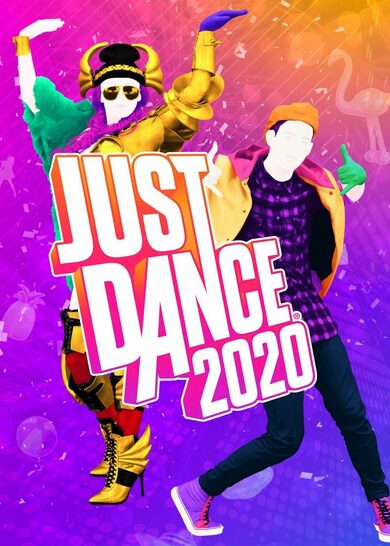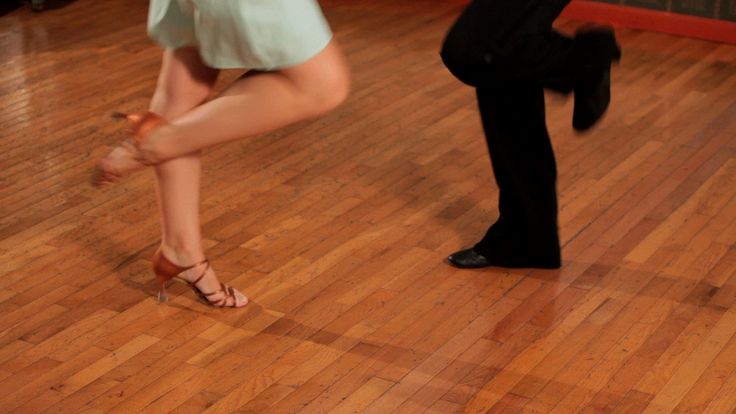How to dance salsa colombiana
Learn how to dance like a Colombian
It’s a country full of world champion dancers, so it’s no surprise that Colombians can move. A visitor gets itchy […]
It’s a country full of world champion dancers, so it’s no surprise that Colombians can move. A visitor gets itchy feet just watching their Latin flair on the dancefloor. But even though plenty of Colombians have been dancing since birth, it’s not that difficult to catch up. Discover how to dance like a Colombian! Just learn the steps, feel the beat and set your hips in motion!
SalsaSalsa dancing may have begun in New York City but it would be nothing without its Latin roots – namely Colombia, Cuba and Puerto Rico – and each of its “homes” has its own style. Colombian salsa is often called Cali-style because the city of Cali is the “World Capital of Salsa” (it’s played and danced everywhere). Colombian salsa is not easy, in fact, the intricacy and precision of its steps is one reason Colombian salseros win so many World Championships. But despite the quick steps and skips, the Colombian basic step (a form of “kick forward, step back”) is relatively easy to master and will ensure you survive the night at any Colombian salsa club. (You may also enjoy: Colombian artists to watch)
Cumbia
Cumbia is basically Colombia in dance form, with its blend of indigenous, African and European instruments and folklore. It was originally a courtship dance, with African slaves wearing long skirts to imitate their European owners, and it was chaste – men and women barely touched one another. Instead the women held burning candles (you can just hold one arm aloft) and waved their skirt with their other hand, dragging their feet to mimic being in shackles. Men used faster steps, moving around the women and holding their hat, or handkerchief, in one hand with the other behind their back. The idea was to entice the woman towards them. Still, if that sounds too hard, many couples now dance modern cumbia by facing one other then stepping back and away in tandem, extending their free arm as they do so. (You may also enjoy: Everything you need to know about cumbia)
(You may also enjoy: Everything you need to know about cumbia)
Merengue
Merengue is a Dominican dance but Colombians are fond of stars so you’ll find it danced all over the country. The good news is, it’s fairly easy. The basic step involves a sort-of marching step with couples gently rotating (the trick is to bend your knees and move your hips as far to each side as possible). The leader holds the follower’s waist with his right hand and her hand with his left. Still, even that basic step can get out of control. Good merengue dancers are fond of all kind of twisting turns – all without letting go of each other’s hands – so you may see intricate handholds that end up like pretzels.
JoropoJoropo is the dance of Colombia’s eastern plains and the word itself comes from a Spanish word for party – although this music and dance has a strong African influence too.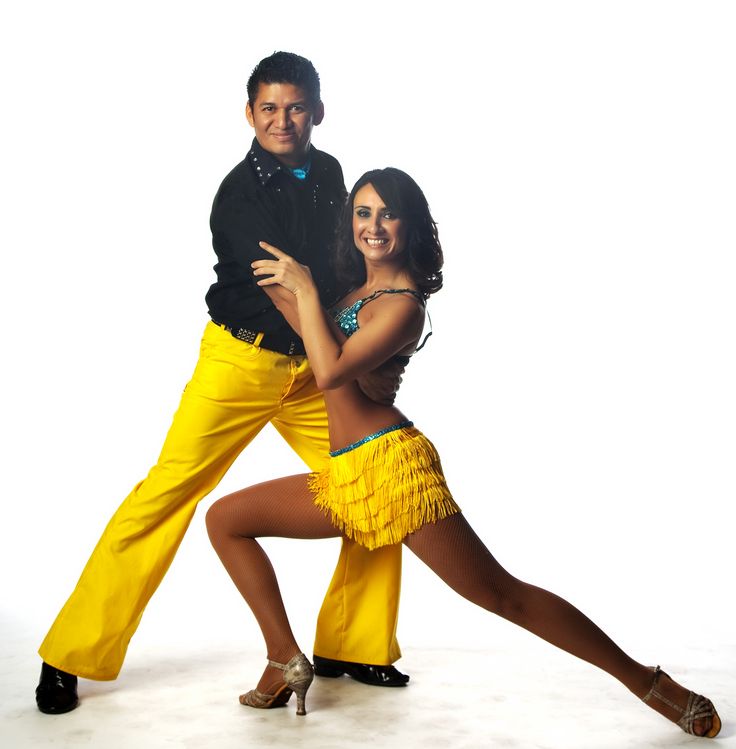 Originally joropo was played with the arpa llanera (harp) bandola (similar to a mandolin) cuatro (small guitar) and maracas – although many different instruments are used nowadays. The dance itself is like a waltz. Couples face each other and make small steps forwards and backwards, like sweeping the floor. Later the woman does the sweeping steps alone, while the man stomps. It’s more elegant than it sounds. (You may also enjoy: The sound of music: Traditional Colombian instruments)
Originally joropo was played with the arpa llanera (harp) bandola (similar to a mandolin) cuatro (small guitar) and maracas – although many different instruments are used nowadays. The dance itself is like a waltz. Couples face each other and make small steps forwards and backwards, like sweeping the floor. Later the woman does the sweeping steps alone, while the man stomps. It’s more elegant than it sounds. (You may also enjoy: The sound of music: Traditional Colombian instruments)
Determined to dance ’til dawn? The answer is Colombia. If you liked this article please feel free to share it on facebook, twitter, LinkedIn, Google+ or any of your social networks.
You may also enjoy:
Dance to Colombia’s favorite beats in the cities they call home
The Top 10 places to learn to dance in Colombia
All about Colombia: its magic ingredient to through Colombian lessons
arpa llanerabandolabeatCalicity of salsacuatrocumbiadanceeddy herrerajoropojuan luis guerramaracasmerenguesalsasteps
Artículos recomendados
[DCRP_shortcode image="1" excerpt="1" date="0" postsperpage="10" columns="1"]Salsa in Colombia – What to expect ?
- Page 1 : Salsa dancing basic Info – Salsa Concepts
- Page 2 : Why learn to dance Salsa ?
- Page 3 : Salsa in Colombia
- About the Salsa in Colombia
- Salsa Schools and Clubs in Cali, Colombia
- Where to Stay in Cali, Colombia ?
- Cali, Colombia – Maps
- What to Pack for the trip to Colombia ?
- Travel Insurance (health) for Colombia and South America
Note: All the information in this page is based on my personal experience visiting Colombia and especially Cali city in 2013. If you are reading this in the future, there may have been changes, because Colombia is developing rapidly. I have updated the data in 2020 without visiting Colombia.
If you are reading this in the future, there may have been changes, because Colombia is developing rapidly. I have updated the data in 2020 without visiting Colombia.
How is the Salsa scene in Colombia ?
The Salsa scene in Colombia is quite different from the one existing in Europe or the U.S. Here how:
Salsa in Colombia is an activity of the masses
In Colombia, Salsa music and dancing is an activity of the masses and not just of the ones who are going to Salsa classes and this fact translates into several outcomes :
Salsa music is everywhere in town
You hear Salsa music just everywhere. If you walk in the commercial streets, you hear Salsa music playing from almost every shop and also from the ambulant street vendors. When you go to a coffee place to have breakfast, there is also Salsa music playing from a TV. The many guards at night, in the hotel lobbies and on the streets are also listening to Salsa music. Even in the airport bus to the center of town of Cali, I enjoyed Salsa music.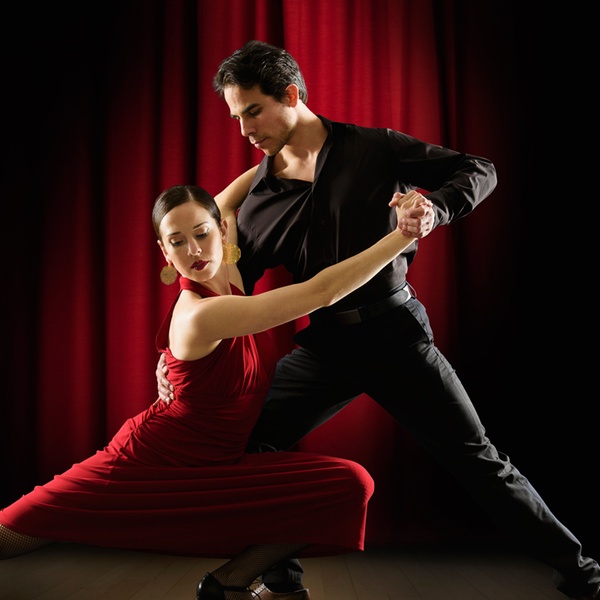
Before arriving to Colombia I had an instinct to begin to move and dance everytime I heard Salsa music (which occurred only in the Salsa clubs) and I had to adapt myself in Colombia, as it is not possible to dance 24 hours a day.
The level of dancing is usually very basic in the clubs
Many tourists expect to find extraordinary good dancers in the Colombian Salsa clubs and they are usually disappointed. I heard many tourists saying: “at the Salsa club, in my little town, people are dancing better than here”.
Because everyone goes to dance Salsa in Colombia, it is quite rare to see good dancers in the Salsa clubs, most of the guests can only do very basic steps and can hardly handle Salsa turns. Many locals can not afford to go to Salsa classes or they don’t have time for that. I heard also many locals saying: ” I was born In Cali, I don’t need to go to classes”. In Europe on the other hand, the ones who are attending the Salsa clubs are also usually participating in Salsa classes and so they have a certain level of dancing.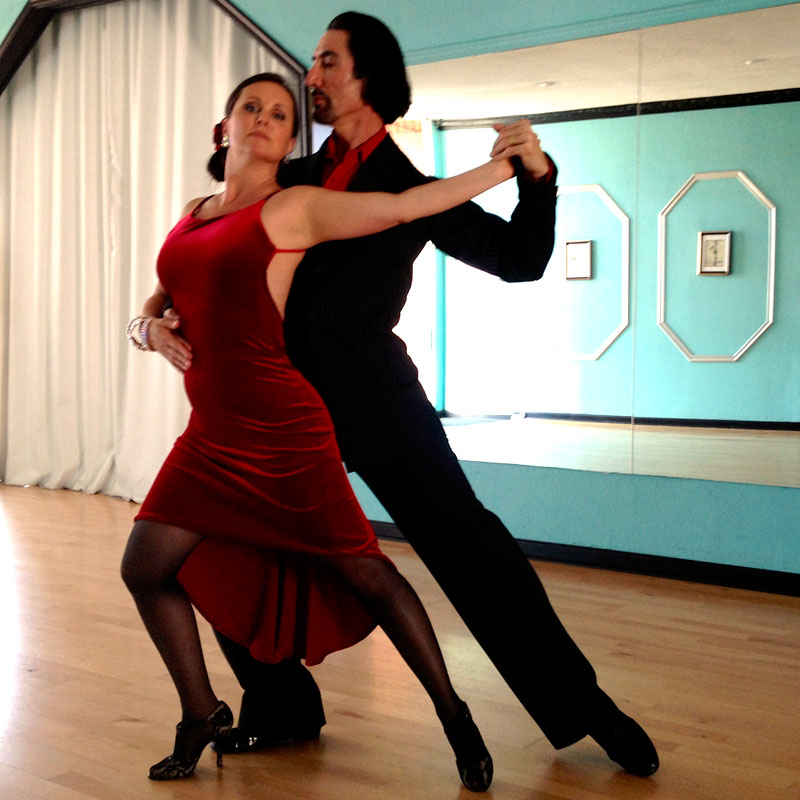 But if you ask an average European in the street to dance to the rhythm of Salsa (or any dance), he wouldn’t find his legs, Colombians on the other hand, can move very nicely with Salsa music, even without taking classes.
But if you ask an average European in the street to dance to the rhythm of Salsa (or any dance), he wouldn’t find his legs, Colombians on the other hand, can move very nicely with Salsa music, even without taking classes.
If you come to Colombia with a certain level of dancing (let’s say Cuban style Salsa), you may be disappointed at the clubs because it is difficult to find partners who can handle Salsa dance figures.
Now, this may change in the future because the young generation is going to Salsa schools (academia de baile, academia artistica de baile), these schools didn’t exist much in the past.
If you want to see good dancers in Colombia, you better visit the Salsa schools and not the Salsa night clubs, and also you have to be at the right moment at the Salsa school, when there are locals training and not beginner tourists.
The professional Colombian salsa dancers are often winning international contests, and most of them come from Cali.
Salsa Clubs in Colombia are for Groups and Couples
In Europe, you may come to a Salsa club alone and meet inside the club, people you know from the Salsa classes.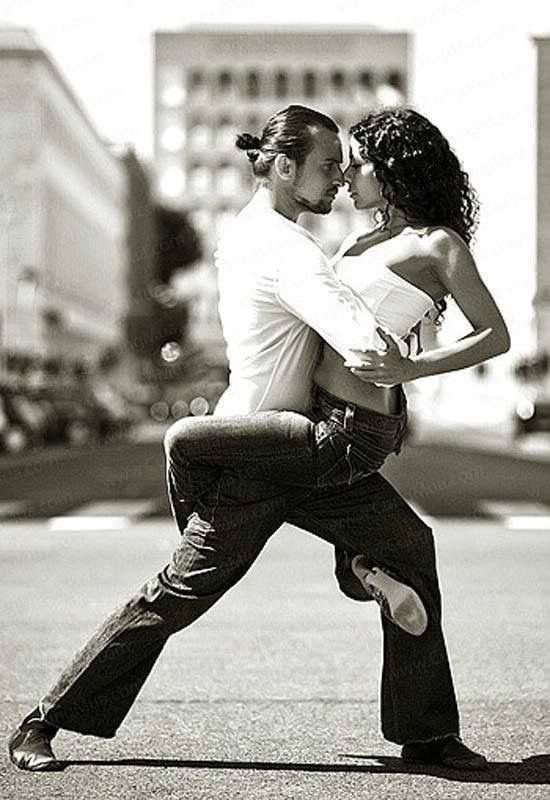 In Europe, Salsa is a “semi-professional” activity so it may be normal to come alone to do “Sports”, and also the western world has a more individualist society compared to south America which is more traditional.
In Europe, Salsa is a “semi-professional” activity so it may be normal to come alone to do “Sports”, and also the western world has a more individualist society compared to south America which is more traditional.
In Colombia people never arrive alone to a Salsa club, they come in groups of friends or in couples. Most Salsa clubs are furnished with sofas in form of a semi circle so to accommodate the groups of friends who are coming. A disadvantage of this form of clubs is that people are usually staying within their own circle of friends and not mixing. In other countries, the couples of dancers are changing in each song.
An outcome of what I described above is that in some Salsa clubs in Colombia they won’t even sell you an individual drink like a glass of beer, but only jars of beers or bottles of “aguardiante”. Also, you may arrive to a Salsa club, even early in the evening, and discover that most of the tables and even the chairs on the bars are “reserved”. At the entrance of the club, there may be a sign saying that you can enter the club only accompanied with a female person. What I’m describing here is true for most Salsa clubs in Colombia, but not all of them, you may find more “western style” clubs, especially where tourists go.
What I’m describing here is true for most Salsa clubs in Colombia, but not all of them, you may find more “western style” clubs, especially where tourists go.
No Salsa Classes at the clubs
In other countries, some of the salsa clubs include a salsa class just before the party. In Colombia it is rare to find it, at least not in Cali city. To take Salsa classes you need to go to a dedicated school.
Cali city is the city of Salsa in Colombia
Everyone will tell you in Colombia : If you want Salsa, go to Cali.
Cali is the where there are most clubs and Salsa schools and where the city is breathing Salsa. (see the second page for Salsa in Cali )
What is Colombian Salsa ?
First, you may want to read this page explaining the main Salsa styles which are popular in the world.
The Colombian Salsa style is characterized with very fast footwork.
How fast ? Look at this video which was taken in a Cali school:
Relax, these kids are very good dancers, you don’t have to dance like that on your first week.
So, Colombian Salsa is characterized with fast movements of the legs. These steps can be done individually or in couples while holding hands, one in front of the other. There are also turns in the Colombian Salsa. The turns are quite similar to the Cuban style salsa, I would say it is a sub-set of the Cuban style. In the Cuban style there are more “hand knots” and the combinations are more complex. The Colombian style has only basics turns: no “exhibala” , no “dile que no” based moves, no “vacilala” based moves but only “enchufa” based moves.
If you know the Cuban style, you can dance with a Colombian partner in the condition you remember not to do the moves which I have mentioned above, moves that are not “recognized” in the Colombian style. Of course, the Colombian partner should be one who has been to classes, as I mentioned before, most people in the Colombian Salsa clubs can hardly handle turns.
Compared to the Cuban style, the Colombian one is also less dependent on the rhythm (It is so fast, anyway). In the Cuban style you know in every “bit” of the set which leg should be on the ground, in the Colombian style you do the turns very quickly and it is not always synchronized with the music.
In the Cuban style you know in every “bit” of the set which leg should be on the ground, in the Colombian style you do the turns very quickly and it is not always synchronized with the music.
Learning Salsa in Colombia
Many tourists are making a stop in Colombia and especially in Cali city in order to learn to dance Salsa because they have heard that this is the right place to do it. Usually these tourists have never visited a Salsa club anywhere else in the world and they are total beginners so they don’t have a way to compare it to anything.
It could make sense to take Salsa classes in Colombia because the teachers are professionals and prices are attractive but you must take into account two points:
- It takes years to learn to dance Salsa, I mean to feel really comfortable with the dancing, so stopping in Cali for a few days and taking classes may be a nice experience but you will need to do a lot of follow-up in the future.
- The Colombian Salsa style is danced in…Colombia.
 When you will return to your homeland the other people in the clubs will dance one of the Worldwide popular styles , you will need to do some adaptations.
When you will return to your homeland the other people in the clubs will dance one of the Worldwide popular styles , you will need to do some adaptations.
So, I do recommend to take Salsa classes in Colombia, but please try to dedicate more time to it, there is a community of foreigners who are staying in Cali city for a few months just to practice Salsa (see the second page ).
Also, I do recommend to adopt from the Colombian style, the fast individual footwork steps which you can integrate into any style of dancing. It is quite possible to dance the Cuban style Salsa and integrate the Colombian individual steps. In my opinion, the Cuban style has an advantage in the turns and moves in general and the Colombian style has an advantage in the footwork.
In fact, that’s exactly what some advanced Colombian dancers are doing in the Salsa clubs in Cali, they are dancing the Cuban style with integrated Colombian footwork steps.
Colombian style Salsa Videos
Here are some Instructional videos of Salsa style Caleño (from Cali, Colombian style):
- Some basic steps
- More steps
- Boogaloo
- Pachanga 1
- Pachanga 2
- Figures 1
- Figures 2
Colombian Salsa Songs
In the Colombian salsa clubs there is Salsa music playing from different origins but some are from classical Colombian bands.
Here are 3 beautiful songs you should know in Colombia :
- Rebellion (no Le Pegue A La Negra) By Joe Arroyo
- Micaela By Sonora Carruseles
- Mambo Rock By Alfredo Linares (Not Colombian, but this song is very adequate for Colombian Salsa style and is very popular)
On Salsa :
- Page 1 : Salsa dancing basic Info – Salsa Concepts
- Page 2 : Why learn to dance Salsa ?
- Page 3 : Salsa in Colombia
- Bangkok, The Islands in Thailand, Vietnam, Barcelona, Tel-Aviv, Jerusalem.
Other Stuff :
- What to Pack ? the visual list that will help you prepare the suitcase.
- Visit my Vegetarian Page. Why be Vegetarian ? What to eat ?
- Listen to nice Songs with translation in French, Spanish, Italian, Hebrew.

- Listen to basic Words In Spanish, French, Hebrew
If you find incorrect data on this page, like a restaurant that has closed or a big river that has moved or you want to tell me something, please write me to contact.
Flirt and passion: the World Salsa Festival was held in Colombia - photo
https://ru.sputnik.kz/20201016/salsa-festival-photo-15198801.html
Flirt and passion: the World Salsa Festival was held in Colombia - photo
Flirt and Passion: World Salsa Festival was held in Colombia - photo
The city called the capital of salsa, Cali, Colombia, hosted the fifteenth anniversary world festival of incendiary dance 10/16/2020, Sputnik Kazakhstan
2020-10-16T16:21+0600
2020-10-16T16:21+0600
2022-02-02T11:49+0600
/html/head/meta:title[@name='og ]/@content
/html/head/meta[@name='og:description']/@content
.jpg
Sputnik Kazakhstan
media@sputniknews.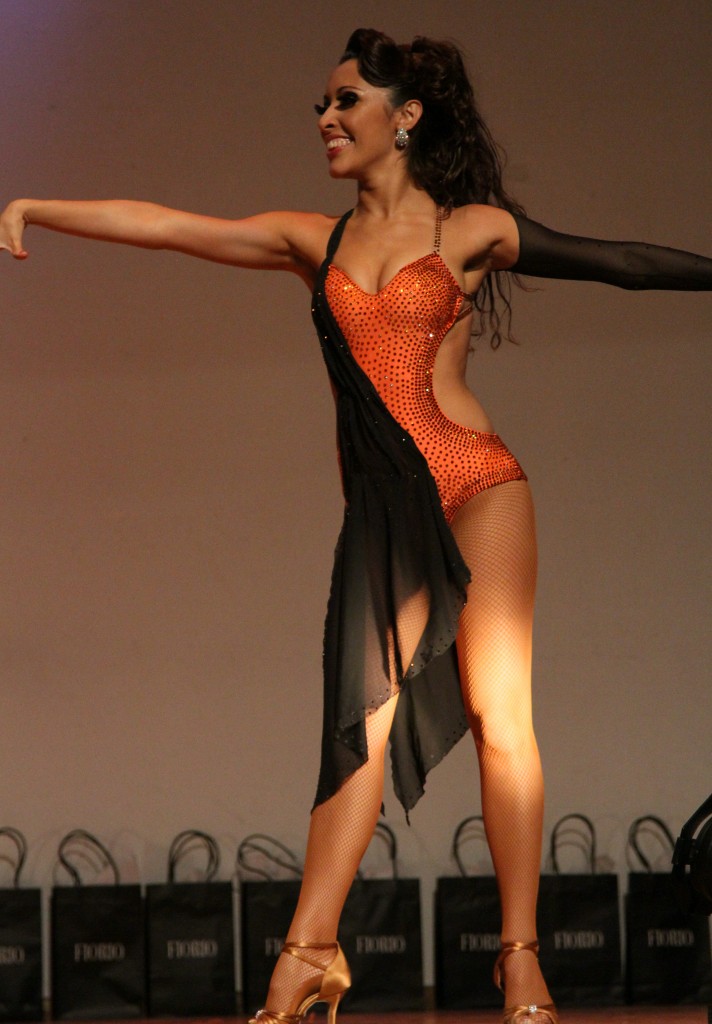 com
com
+74956456601
MIA „Rosiya Segodnya“
2020
Coronavirus-flavoured tango: how the festival in Colombia went - hot photos
Initially, salsa came from Liberty Island. Her music is a mix of Cuban (danzón and rumba), North American (rock and jazz), Caribbean (bomba and cumbia) and South American (tango and samba) motifs.
The Astana Ballet Theater held its first tour of the USA
Interestingly, the name "salsa" is not a coincidence with hot sauce. At first, the musical style "sleep", popular in the middle of the last century, called for "adding a spark" - Echale Salsita. And then the famous "king of mambo" Tito Puente at the concert, looking at the enthusiastically dancing couples, exclaimed "Esto es una gran salsa" ("This is a great sauce! (Hash)"), and the incendiary direction no longer parted with its new name.
Who dances tango in Kazakhstan
Salsa is a musical genre that is popular mainly in Latin America and among people from it.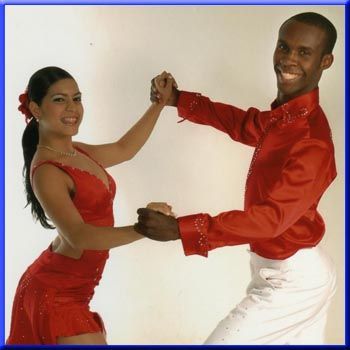
How was the Winter charity ball in Nur-Sultan
Salsa includes many styles and variations; in a broad sense, the term can be used for almost any music of Cuban origin.
An evening of passion: a tango flashmob took place in Almaty
How to learn to dance tango
A street dog mastered breakdancing and touched the Net - video
© AFP 2022 / Luis Robayo Experienced dancers can really dance salsa with any partner, anywhere in the world, the first time. And it will look as if the couple had been rehearsing for hours in the hall.
1/12
© AFP 2022 / Luis Robayo
Experienced dancers can really dance salsa with any partner, anywhere in the world, the first time. And it will look as if the couple had been rehearsing for hours in the hall.
© AFP 2022 / Luis Robayo Like many other social movements, salsa is a flirtatious dance. At the same time, there are no permanent partners in it, it is entertainment for free and non-jealous natures. He leads, she follows and decorates.
He leads, she follows and decorates.
2/12
© AFP 2022 / Luis Robayo
Like many other social movements, salsa is a flirtatious dance. At the same time, there are no permanent partners in it, it is entertainment for free and non-jealous natures. He leads, she follows and decorates.
© AFP 2022 / Luis RobayoAnd yet, the coronavirus has made its own adjustments. Dancers take an anti-virus selfie at the 15th World Salsa Festival.
3/12
© AFP 2022 / Luis Robayo
And yet, the coronavirus has made its own adjustments. Dancers take an anti-virus selfie at the 15th World Salsa Festival.
© AFP 2022 / Luis RobayoThe largest international salsa festival took place in the Colombian city of Cali, which has long been considered the capital of this incendiary dance.
4/12
© AFP 2022 / Luis Robayo
The largest international salsa festival took place in the Colombian city of Cali, which has long been considered the capital of this incendiary dance.
© AFP 2022 / Luis Robayo
5/12
© AFP 2022 / Luis Robayo
A sultry beauty in bright make-up prepares to perform at the World Salsa Festival in Cali, Colombia.
© AFP 2022 / Luis Robayo Salsa is also considered a great way to improve yourself, both internally and externally. It perfectly develops creative abilities, the ability to improvise, teaches you to feel the rhythm and not be afraid to communicate with strangers. And this direction requires a flexible body, good reaction and endurance.
6/12
© AFP 2022 / Luis Robayo
Salsa is also considered a great way to improve yourself, both internally and externally. It perfectly develops creative abilities, the ability to improvise, teaches you to feel the rhythm and not be afraid to communicate with strangers. And this direction requires a flexible body, good reaction and endurance.
© AFP 2022 / Luis RobayoUnlike ballroom dancing, where competition is the focus of the performers, social dancing does not aim to "dance" someone.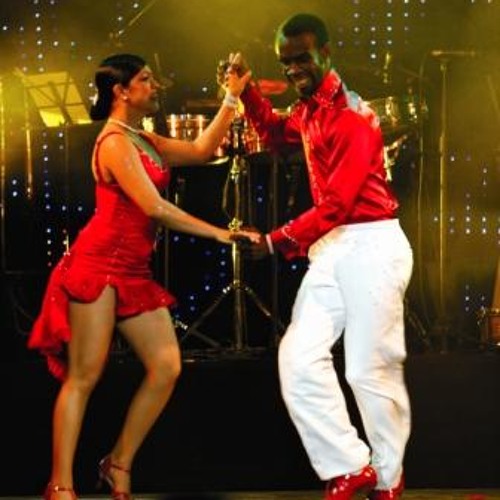 The purpose of salsa is to entertain the performer, to give him the opportunity to move for pleasure, to relax after work and tiring everyday worries.
The purpose of salsa is to entertain the performer, to give him the opportunity to move for pleasure, to relax after work and tiring everyday worries.
7/12
© AFP 2022 / Luis Robayo
Unlike ballroom dancing, where competition is the focus of the performers, social dances do not aim to "dance" someone. The purpose of salsa is to entertain the performer, to give him the opportunity to move for pleasure, to relax after work and tiring everyday worries.
© AFP 2022 / Luis Robayo To master this dance direction, you do not need a young age or relevant experience on the floor. In salsa, you do not need to work out every movement, experience is learned already on the dance floor! A couple of synchronized steps with a partner, a few smooth movements of the hips, a smile, a mysterious look - and now you are already performing "salsa romance"!
8/12
© AFP 2022 / Luis Robayo
To master this dance direction, you do not need a young age or relevant experience on the floor. In salsa, you do not need to work out every movement, experience is learned already on the dance floor! A couple of synchronized steps with a partner, a few smooth movements of the hips, a smile, a mysterious look - and now you are already performing "salsa romance"!
In salsa, you do not need to work out every movement, experience is learned already on the dance floor! A couple of synchronized steps with a partner, a few smooth movements of the hips, a smile, a mysterious look - and now you are already performing "salsa romance"!
© AFP 2022 / Luis Robayo A bright and memorable image is a must for any salsero, especially in the "festival" version.
9/12
© AFP 2022 / Luis Robayo
A bright and memorable image is a must for any salsero, especially in the "festival" version.
© AFP 2022 / Luis RobayoIn the middle of the last century, salsa began its march around the world. In the 70s, she ended up in New York, where Cuban and Puerto Rican immigrants had fun at dance parties after work. Quite quickly, salsa turned from a folk dance into a full-fledged social direction, and then into an integral part of American leisure.
10/12
© AFP 2022 / Luis Robayo
In the middle of the last century, salsa began its march around the world.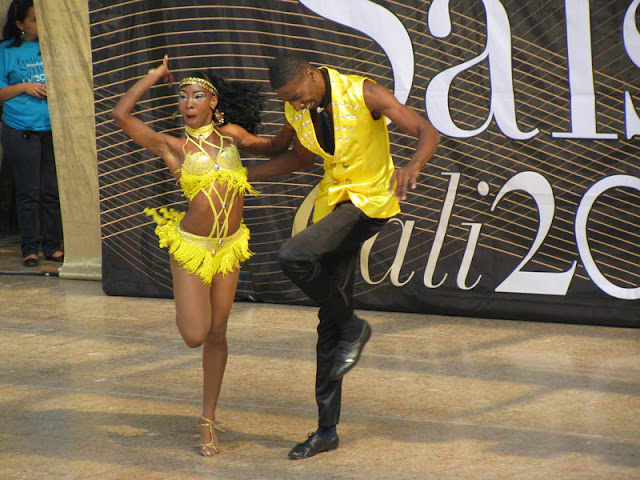 In the 70s, she ended up in New York, where Cuban and Puerto Rican immigrants had fun at dance parties after work. Quite quickly, salsa turned from a folk dance into a full-fledged social direction, and then into an integral part of American leisure.
In the 70s, she ended up in New York, where Cuban and Puerto Rican immigrants had fun at dance parties after work. Quite quickly, salsa turned from a folk dance into a full-fledged social direction, and then into an integral part of American leisure.
© AFP 2022 / Luis RobayoIt is important to dance this dance easily and naturally, therefore, even in the process of learning salsa, it is customary to constantly change partners in order to learn to feel any "partner".
11/12
© AFP 2022 / Luis Robayo
It is important to dance this dance easily and naturally, so even in the process of learning salsa, it is customary to constantly change partners in order to learn to feel any "partner".
© AFP 2022 / Luis Robayo The Salsa Festival is a place that attracts people from all over the world, usually on weekends. The headliners of such festivals usually show impressive shows, and parties become one of the main events in the program.
12/12
© AFP 2022 / Luis Robayo
The salsa festival is a place that attracts people from all over the world, usually on weekends. The headliners of such festivals usually show impressive shows, and parties become one of the main events in the program.
The headliners of such festivals usually show impressive shows, and parties become one of the main events in the program.
how to dance salsa dance, movements (video in Russian)
Recently, the fashion for a healthy and sporty lifestyle is gaining momentum, including the fashion for dancing. The leader among the latter are the rhythms that came from Latin America: merengue, salsa, bachata. These so-called social dances come from the streets and are available to anyone who wants to, it only takes a little effort to learn a few basic movements. In addition to training various muscle groups, developing flexibility, grace and endurance, dancers get the joy of communication and an incomparable feeling of soul flight. Salsa has no age. Anyone can learn to dance it. Salsa lessons can be taken both in numerous dance schools, and you can learn how to dance salsa at home on your own, as many salsa video lessons for beginners have now been released. Video of salsa dancing for beginners, see below.
Salsa has its roots in Cuba from cha-cha-cha, rumba, timba and sleep. In its modern form, this style developed around the 1970s. Its immediate predecessor was the mambo, familiar to many from the movie Dirty Dancing. However, it is not necessary to perform all acrobatic figures and take off into the hands of a partner in high support. The basic movements of salsa are quite simple and easy to remember, we dance salsa from the video.
Types and styles
Salsa is divided into the following types and styles:
- Circuit (includes Cuban casino, Venezuelan rapid and Colombian with acrobatic elements and complex footwork). Cuban casino is the simplest and most convenient in execution. Partners form a circle, within which they make movements and turns. In addition, in a discotheque, where there is not much free space, this version of performance is more convenient.
- The Venezuelan variation is impulsive, starts on any beat and has a dynamic tempo.
 The most spectacular is Salsa Cali (caleña), named after the Colombian city of Cali, which hosts annual festivals and is considered the world capital of this dance. The Colombian style is characterized by complex acrobatic stunts, fast foot movements, and a massive staging, with many dancers moving as a single mechanism.
The most spectacular is Salsa Cali (caleña), named after the Colombian city of Cali, which hosts annual festivals and is considered the world capital of this dance. The Colombian style is characterized by complex acrobatic stunts, fast foot movements, and a massive staging, with many dancers moving as a single mechanism. - Linear - Los Angeles (LA) and New York (NY) styles. In line styles, partners do not form a circle. They stand in an open position and the girl moves along the line from one partner's hand to the other, while the man turns the body 180 degrees, the so-called cross-body-lead. The pace in linear salsa is very fast, energetic, with abrupt stops, which makes the dance resemble ballroom latina. The difference between LA and NY styles is that in LA they start moving to a strong first beat, as in a casino, and in NY they start moving to a weak second beat.
However, one should not be shy in front of such diversity, since salsa is a social dance that came from the streets and is based on a dialogue between a man and a woman. The partner leads his lady, showing in the best possible way, and the lady obeys the partner's movements. The most skillful and professional dancers use the minimum set of basic elements, because the main thing in the dance is the soul. Watch the salsa video below.
Where to go to study?
There are many dance studios in Moscow where teachers from Argentina, Cuba, Colombia and Venezuela will teach how to dance salsa and move in other Latin rhythms. Many teachers give lessons in Russian, but even if the bill goes to uno-dos-tres, learning a few words in Spanish is an added bonus to the joy of communication.
The movements in salsa depend on the style and type of salsa, but the basic basic mambo step is quite simple: step back and forth for one-two-three, pause in place, and step the other foot back and back for one-two-three. Pause again standing still. The partner can turn one step forward. The main mistake of beginners is that they forget about the pause, since the count is one-two-three, in fact, it is one-two-three-four.

